Could it really be that in our little bourgeoisie circle of secularism, we might have overlooked Turkey’s saddening reality; that despite all the statistics Prime Minister (PM) Erdogan calls out in all his speeches about Turkey’s development under his rule and despite World Bank’s superficial classification of Turkey as an upper middle income country, could it really be that Turkey is in fact still poor? Could it really be that while we wine and dine and protest in defense of our ideals, there are people out there who have other unmet priorities such as food and shelter? Could it really be that while we continue to be polarized as a nation, pointing fingers at each other, the real enemy is not any one person but a simple idea that is exploited by one person?
In the past decade, there has been talk of an ‘emerging’ middle class in developing nations including Turkey. I suspect much of the talk was based on observations, not data. Based on Turkey’s household income data, it is difficult to argue there is a large middle class in Turkey. Only 10% of the households make above TRY75,000…that’s about USD35,000 a year net of taxes…a little less than USD3,600 a month. What can you do with USD3,600 a month? Not much if you are a household. Chances are you have three dependents; a wife and at least two kids. Rent, food, kids’ school, utility bills, phone bills and possibly a vacation to a beach resort every year with the family and the annoying in-laws. There is your average middle class life. Caveat; that was the richest 10% in Turkey.
The next wealthiest 10% makes about USD18,000 per household…that’s about USD1500 a month. You can still get by but not easily anymore. Still, when you look down, you have a lot to be grateful for.
Meet Turkey’s reality; more than 70% of the households live with less than USD1000 a month. More than 30% live with less than USD500 a month. That’s less than USD16 per day for an entire household. It gets worse; there is a trend that the poorer you are, the more kids you have (a paradox that haunts the entire world save the US)…so the less money you have per individual. Nearly 20% of the population lives at or below Turkish Statistics Institute’s definition of poverty line.
Figure 1: Income by household groups in USD
Source: Turkstat, author’s calculations, 2014.
Note: I used cost of living index to calculate 2012 purchasing power of 2002 incomes, which I believe is more accurate than inflation or GDP deflator for the purposes of this article.
The middle class illusion: one then wonders if all these economists that talk about a new middle class are wrong. Not really. There is the illusion of a middle class thanks to a modest rise in incomes but more importantly a significant increase in debt.
Beneficiaries of Turkey’s ‘impressive’ growth performance: it’s beyond doubt that incomes rose in the past decade but not equally. While household data suggests there was an inclusive rise in incomes (the poor got richer and the rich less richer), individual data suggests the reverse; the bottom 20% did not see any real rise in their incomes while the top 10% saw huge gains. From a purely economic point of view, this is normal; marginal productivity theory suggests that those who contribute most to growth should reap the benefit of their efforts through higher wages. It was the ‘educated’ crowd – the top 10% – that drove Turkey’s growth in the past decade and hence ended up with a bigger share in the pie. Majority of the population saw only modest gains in incomes; around 40% over a period of 10 years. That’s about 4% each year. Nothing to celebrate given where Turkey stands today, not enough to create a middle class.
Figure 2: Per capita disposable income
Source: Turkstat, author’s calculations, 2014.
Note: In 2006, Turkstat stopped releasing per capita disposable income data. I have had to divide household income by average household size. The latter is my estimate based on city level data that might not correspond to income levels but given the sample size it should be fairly accurate.
Figure 3: change in disposable income
Source: Turkstat, author’s calculations, 2014.
Low income at home, middle class on the street: the middle class ‘feel’ in Turkey has been engineered through debt. Massive increase in household borrowing particularly by the low income households made many Turks feel like they are middle class even though they had the wages of a low income group. Despite making minimum wage, tens of thousands of households were able to acquire nicer phones, better furniture, electronics etc…all thanks to bank loans and maxed out credit cards. Turkish banking sector acted like a financial Robin Hood; banks took in deposits from the rich (50% of deposits in Turkey are owned by 0.1% of depositors) and lent it to the poor – clearly not for altruistic purposes. Here, I will let the figures speak for themselves.
Figure 4: household debt and interest payments
Source: CBT, 2014.
Figure 5: wages vs household loans (2005 = 100)
Source: Turkstat, CBT, 2014.
Figure 6: household loans by income group
Source: Banking Association, 2014.
Figure 7: credit to GPD and loan to deposit ratio
Source: Turkstat, BRSA, 2014.
Maslowian politics:
Abraham Maslow – a 20th century psychologist – theorized that our ultimate goal of self-actualization can only be achieved through needs. Our needs start with our physiological needs; food, water, shelter, reproduction etc. Once one attains these needs, he seeks safety; safety of resources, of employment, of health etc..then love and friendship and all else as portrayed in the pyramid.
Figure 8: Maslow’s pyramid
Source: Wikipedia, 2014.
For an economist, the most striking aspect of the Maslow’s pyramid is the monetary nature of our primary needs. Maslow unconsciously assumed the social hierarchy of capitalism in coming up with his theory (for more on this please refer to an earlier post – ‘Love in a time of capitalism’ http://wp.me/p44ZHA-1a). In capitalist societies, our physiological needs as well as our security needs can be fulfilled exclusively with money except for breathing (though even clean air has become a commodity lately). Once we secure a basic level of income, the upper levels of the pyramid of need satisfaction gets detached from economics and attached to the individual’s psychology.
For the bottom two levels of the pyramid, money matters more than ideology. Those that have high risk of not being able to meet their primary needs are likely to be indifferent to ideology. While this sounds most elitist, data seems to confirm it. Of the 27 countries that have GDP per capita below USD1,000, only one is rated free by the Freedom House. Conversely, of the 39 countries that have GDP per captain above USD15,000, only one is not rated free. There is a clear trend that higher the GDP per capita, more likely it is for any country to be free. When the majority of the population live at the poverty line, they are either indifferent to politics or vote for those who only do well on the economy. For them, money is what matters…not freedom and democracy and all those other bourgeoisie inventions.
Figure 9: % countries rated Free, Partly-free or Not free vs GDP per capita
Source: IMF, Freedom House, 2014.
Note: I excluded natural resource rich countries from the analysis for obvious reasons.
But after the second level of needs, money takes the back seat and ideology comes to the fore. Maslow suggests that once the security of resources is achieved, people start looking things less mundane such as love and friendship. As John and Paul will tell you, ‘money can’t buy you love’. These people are most likely to be more educated and have already secured a job (will not be involuntarily unemployed for extended periods) but have higher needs. They are also likely to be staunch believers in democracy thanks to their western style education.
Turkish politics according to Maslow: using subjective judgment, I tried to classify where people stand in the pyramid based on their incomes in Figure 9. I would claim that people that live close to poverty either do not vote or do not vote for AKP. They are largely indifferent to politics or have seen their incomes shrink while witnessing others get rich. An AKP voter is most likely to be in the bottom second level. This is almost 50% of the population in Turkey that has seen a modest rise in their income but more importantly borrowed significantly hence boosting their living standards. Finally, those in the upper levels are less likely to be AKP voters. Since these people have secured vital needs, they are likely to be more interested in ideology than economics.
Figure 10: Disposable income per capita vs population
Source: Turkstat, author’s calculations, 2014.
Income inequality is a lethal political weapon. Is it not interesting that we never hear PM Erdogan speak about income inequality? For a populist politician, it is the perfect tool. Still, even though his government devised scores of economic policies, none focused on income inequality which stands at embarrassingly high levels. Even his likes (President Putin in Russia and PM Orban in Hungary) have made numerous statements about it (despite it being low in the latter).
Income inequality is AKP’s bread and butter. It masks everything. It makes Turkey look like a high middle income economy. Even though a large percentage of the population is poor, thanks to those billionaires, Turkey’s GDP per capita fits World Bank’s superficial definition of an upper middle income country (what an efficient way to use world’s most brilliant economists). More importantly, income inequality is what keeps that 40-50% bound to AKP. Having seen their incomes grow and seen what the top 10% can buy, AKP is their only shot at becoming like them. AKP is the way up the pyramid (to read more on this please refer to an earlier post – ‘Why do we drink?’ http://wp.me/p44ZHA-c). For these people, AKP’s infrastructure developments are more important than freedom of speech. The latter has no utility for them, the former does.
A nation of oppressed underdogs: Turkey is stuck. Political tensions that we are witnessing today are but a result of Turkey’s non-workable growth model. Reforms pushed growth higher from 2002 to 2007, external borrowing pushed growth higher from 2008-2012 but come 2013 Turkey was out of fuel. With more than a decade in power, PM Erdogan ran out of enemies to blame. Today, the middle class drunkenness is slowly turning into a dreadful hangover as banks begin to cut off on lending and interest payments are eating away an ever-increasing share of meager incomes. Turkey needs to wake up. She needs to wake up now. We need to understand why AKP is still so successful; we need to stop marginalizing AKP’s voter base and treating them like traitors for their understandable trade-off between hard infrastructure and freedom. We need to understand that through income and opportunity inequality, AKP is feeding an illusion of middle class to people, hence buying out their votes.
To do all this, the liberals need to first stop acting the like oppressed underdogs, a political strategy invented by PM Erdogan and that plagues a whole nation. It seems, in Turkey, everyone is an underdog; the liberals, the Gulenists, the Erdoganists. We all want to get rid of our respective oppressors but do not want to move a finger for it. We think our duty to the nation is fulfilled if we protest virtually. Yes, we sometimes go out to the streets and protest but how many of us tried to hear an AKP voter out? How many of us organized public discussion sessions between opposing political views? As Erdogan tries to polarize a whole nation for his personal ambitions, we must stand together against it, not fall victim to it. Only then can we claim victory.
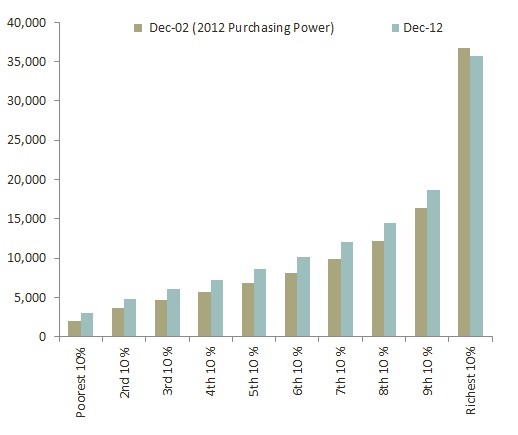

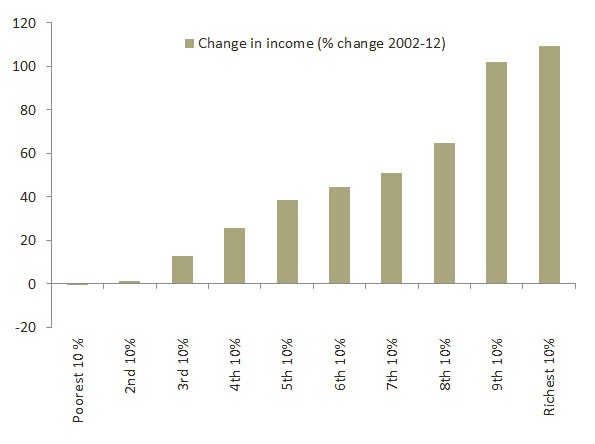
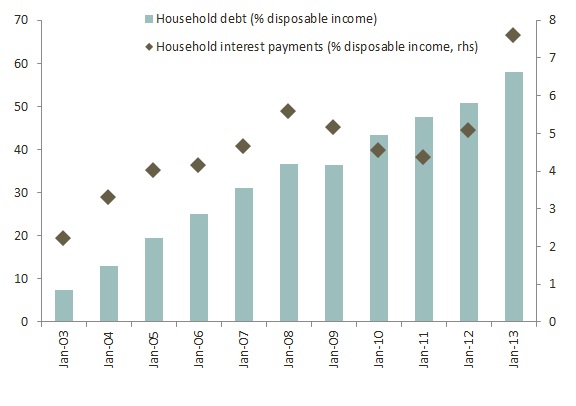
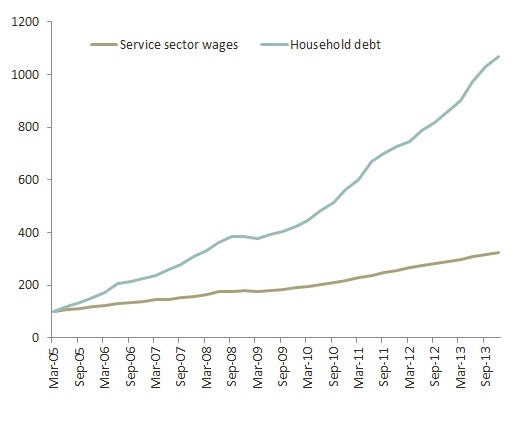
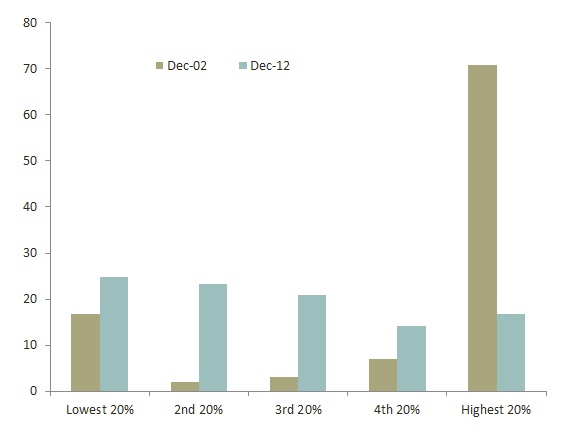
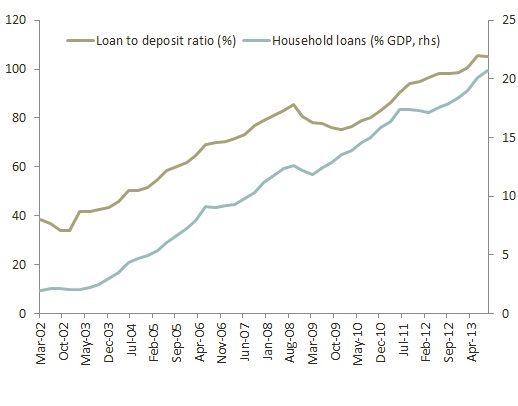
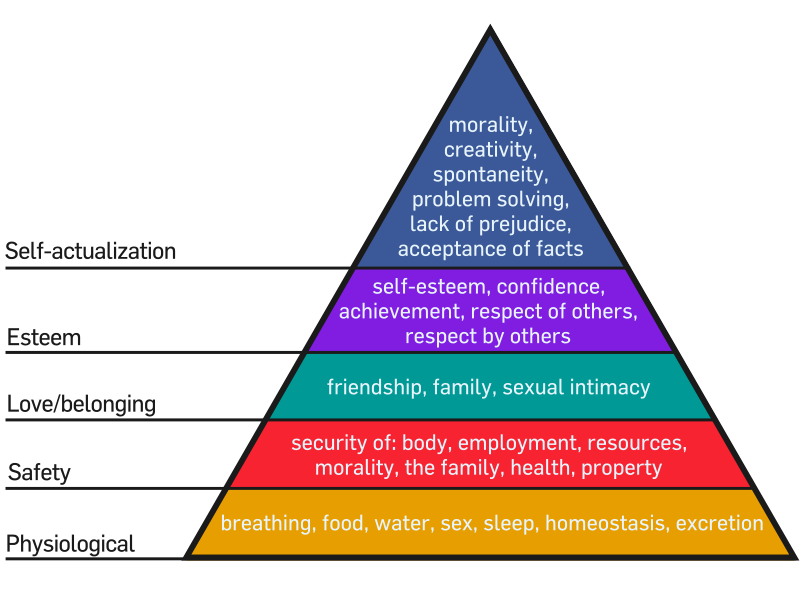
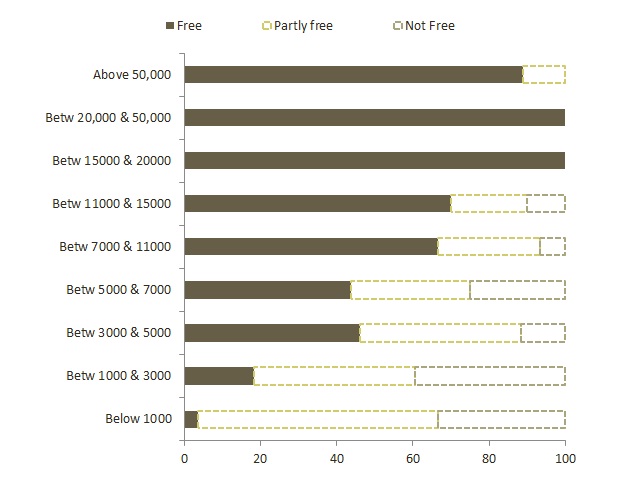

No comments:
Post a Comment